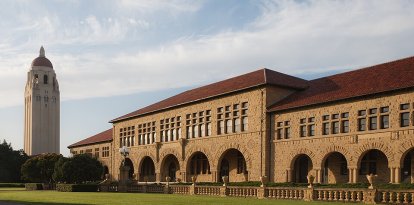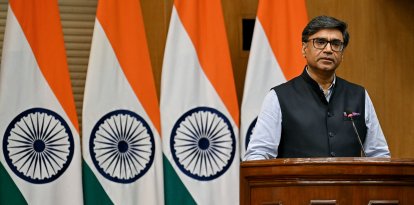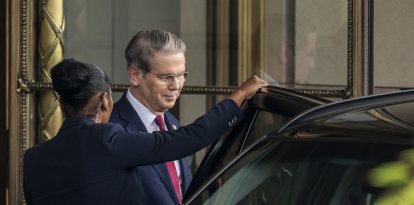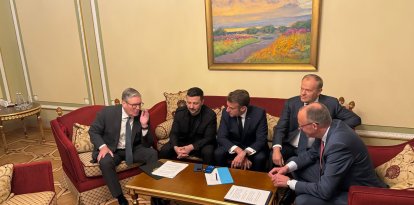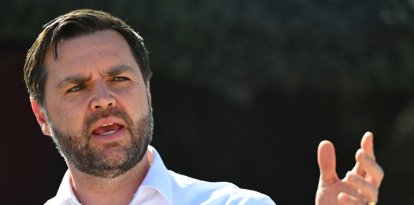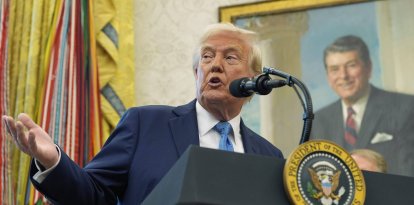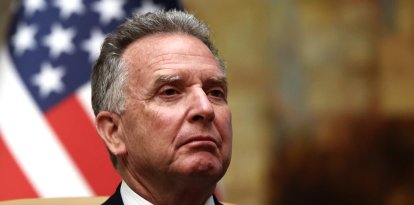A retired colonel confirms that President Gustavo Petro did participate in the largest terrorist attack in Colombian history
As the retired military officer revealed to Semana magazine, Gustavo Petro was part of the planning of the attack in which M-19 murdered 11 Supreme Court judges.
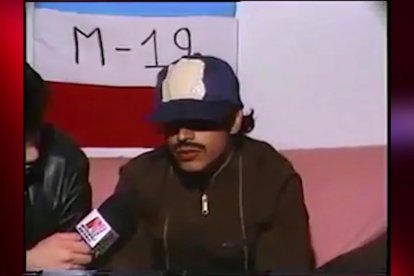
(Gustavo Petro cuando era miembro del grupo terrorista M-19)
In an explosive interview with the Colombian media, Semana, retired Army colonel, César de la Cruz, revealed that he himself detained current President Gustavo Petro, in 1985, when he was still part of the far-left terrorist group M-19.
In addition, the retired colonel also confirmed a fact that, until now, was speculation: Petro did participate in the planning of the takeover of the Palace of Justice of Colombia, the largest terrorist attack in the country's history — which was carried out by M-19 under orders of drug kingpin Pablo Escobar with the purpose of incinerating all the documents on the drug traffickers who were going to be extradited to the United States.
According to the retired colonel, in 1985, in a small municipality called Zipaquirá, one hour from Bogotá, there was an M-19 structure that harassed the residents of the area and the military.
The structure was led by Petro: "He was the commander of a M-19 cell that sought to harass us."
"There, in Zipaquirá, all the planning was done for the takeover of the Palace of Justice," says the retired colonel. As revealed, the M-19 pretended to help the population of the area, but was really, under the leadership of Gustavo Petro, planning the largest attack in the history of Colombia, in which the M-19 murdered 11 Supreme Court judges and another 50 civilians and soldiers.
"The criminals Pablo Escobar and Rodríguez Gacha had given the money to take over the Palace of Justice. It was going to occur on December 17 during a judicial closure. But it was moved up, because Escobar found out, and the other drug traffickers that [Petro] possibly was going to confess [because he was detained] about the Palace takeover and that's why they moved it up," says the retired colonel.
"In the M-19 they were committed to the mafia. He was captured on October 25 at night and the takeover of the Palace of Justice was on November 5, without Petro, but I assure you that Petro was going to be at the takeover of the Palace of Justice. He was not there because he was detained."
Journalist Vicky Dávila, who conducted the interview, is sharp and asks the retired colonel: "Did Petro have anything to do with the planning? In other words, did Petro participate in the planning of the takeover of the Palace of Justice?"
The retired soldier bluntly responds: "Don't doubt it. The takeover of the Palace of Justice was planned there. He planned it, he was in the planning and the takeover of the Palace of Justice was moved up due to Petro's capture."
The colonel refers to the fact that he himself captured Gustavo Petro, on October 25, in the house in Zipaquirá where he was hiding. Semana obtained, exclusively, the military document that records the capture of Gustavo Petro.
:quality(80)/cloudfront-us-east-1.images.arcpublishing.com/semana/AIQPQ5U3YNBNHEMTMTRFFIKSGM.jpeg)
(Week)
Likewise, the retired colonel details how the M-19 group developed its projects in the Zipaquirá area thanks to money from drug trafficking, mainly provided by the cartel led by Pablo Escobar.
"With what money did [M-19] construct the houses in the Bolívar 83 neighborhood? "Well, drug trafficking!" said the retired colonel.
At the beginning of the interview with Semana, retired colonel César de la Cruz warns that his revelations could have consequences: "I don't know what risk this conversation could cause me because we are not dealing with a good person."
To read Vicky Dávila's complete interview with the colonel, click here.
RECOMMENDATION
